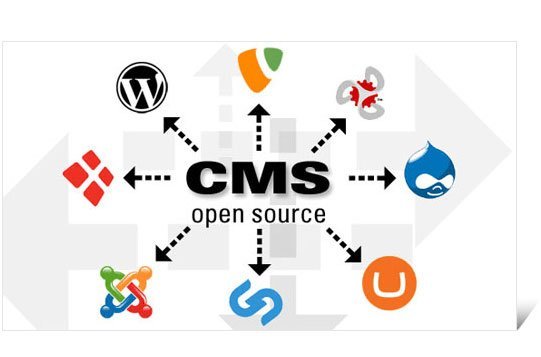3. Platform-agnostic content
As we mentioned before in part 1, you should completely separate content and presentation. Today, editors need a publishing platform that allows them to create content in different ways, without being tied to one single representation.
4. Search and manage assets
Search and lean asset management are a must-have feature. A publishing platform with a helpful search tool will give content creators the opportunity to orientate themselves through crowded content banks. A smart filtering system to retrieve tags and specific pieces is also the editors’ main ally.
A firm content bank encompasses a well-organized gallery of images and media. Another key feature of a sport CMS is the quality of visual assets, both from a customization perspective and an asset management. Consider a basic editor to adjust graphics as you need, cropping and displaying them in a responsive way through various devices.

5. Roles and publication workflow
Before choosing a publishing platform, you also need to carefully evaluate the publication workflow. The publishing platform needs to be able to allow the definition of several roles to manage different levels of features authorization. Meanwhile, a fine-grained permission system makes sure that users have the permissions to perform the actions they are assigned. A publication workflow needs to be set up based on a specific pattern taking into account management and approval of content before it is actually published.
6. Multilingual support
It is very important to present your content to multilingual audiences. Sports organizations are widespread across the world and so are forced to think and speak in multiple idioms. A publishing platform needs to be flexible, support multiple languages, and therefore open more opportunities to monetize audiences.
Your platform had better support quick translations within the user interface and more complex translation workflows featuring third-party tools. It gets more intricate when organizations decide to venture towards non-Latin languages like Russian, Arabic, or Chinese.
